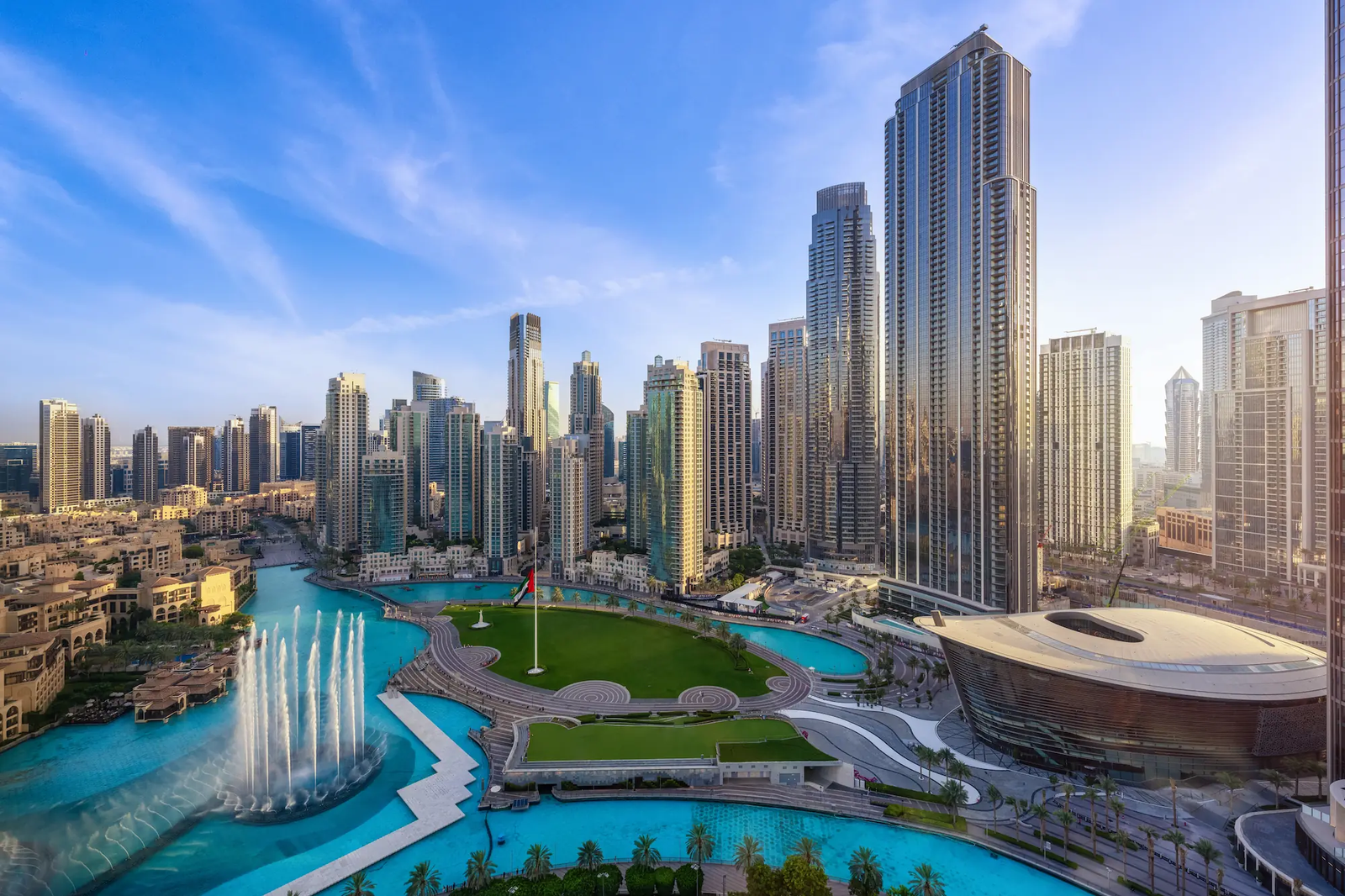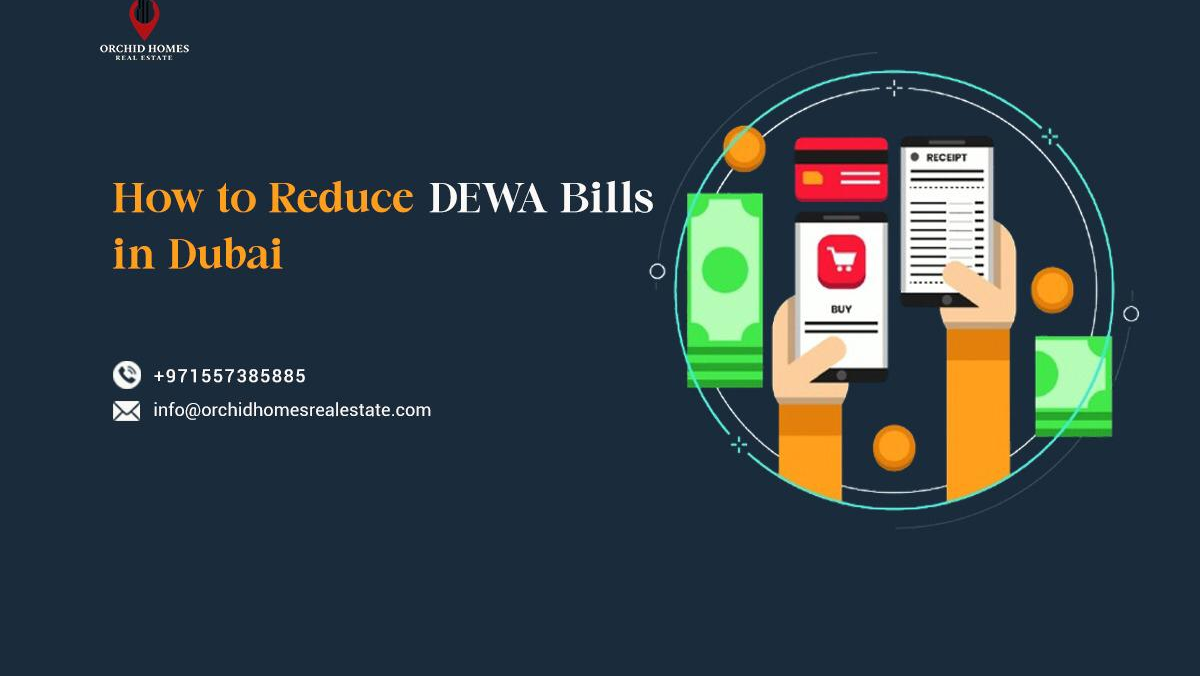Now Reading: Dubai Real Estate: 7 Tax Planning Essentials for High-Yield Investments
-
01
Dubai Real Estate: 7 Tax Planning Essentials for High-Yield Investments
Dubai Real Estate: 7 Tax Planning Essentials for High-Yield Investments

Table of Contents
Dubai’s real estate market continues to attract U.S. investors with its tax-free environment for individuals, featuring no personal income tax, capital gains tax, or annual property taxes, allowing 100% retention of rental income and resale profits. This contrasts sharply with U.S. markets, where taxes can reduce returns by 15-30%. The UAE dirham’s peg to the U.S. dollar eliminates currency risk, and the Golden Visa, offering 10-year residency for investments of AED 2 million ($545,000), enhances long-term appeal.
In 2025, Dubai’s market is booming, with Q1 transactions reaching AED 110 billion and a 19.9% price increase, per Dubai Land Department (DLD) data. With evolving tax regulations, including stricter VAT compliance and the 15% Domestic Minimum Top-Up Tax (DMTT), strategic tax planning is crucial for maximizing high-yield investments. This article outlines seven tax planning essentials for U.S. investors targeting high-yield opportunities in Dubai’s real estate market in 2025.
1. Target High-Yield Residential Properties for VAT Savings
Residential properties in high-yield zones like Jumeirah Village Circle (JVC) (7-8%), Dubai South (7-8.1%), and Dubai Marina (6-6.5%) benefit from zero-rated VAT on first sales within three years of completion, per Federal Decree-Law No. 8 of 2017. In 2025, stricter Federal Tax Authority (FTA) rules require developers to submit completion certificates within 30 days, ensuring projects like Emaar’s Urbana in Dubai South (AED 1.2 million, $326,000) remain VAT-free. Long-term leases (over six months) are VAT-exempt, unlike commercial properties with 5% VAT. A $1 million apartment yielding 7% generates $70,000 tax-free annually.
2. Maximize U.S. Tax Deductions to Offset IRS Obligations
While Dubai imposes no personal income tax, U.S. investors must report rental income on IRS Schedule E (Form 1040), with deductions for depreciation ($36,364 annually for a $1 million property), maintenance, management fees, and insurance. For example, a $1.5 million villa in Palm Jumeirah yielding 6.5% generates $97,500 tax-free in Dubai, but deductions can reduce U.S. taxable income significantly. Foreign assets over $50,000 (single filers) or $100,000 (joint filers) require Form 8938, and accounts over $10,000 need an FBAR. Non-compliance risks penalties up to $100,000.
3. Leverage Free Zone Companies for Large Portfolios
High-net-worth investors can use free zone companies, such as in DMCC, to hold properties and benefit from 0% corporate tax on qualifying income (below AED 5 million or non-mainland sources), per Federal Decree-Law No. 47 of 2023. The 15% DMTT, effective January 2025, applies only to multinationals with revenues over €750 million ($800 million), sparing most investors. A DMCC company owning a $2 million property in Business Bay yielding 7% retains $140,000 tax-free annually, with setup costs starting at AED 20,000 ($5,400). File IRS Form 5471 for Controlled Foreign Corporation compliance.
4. Invest in Off-Plan Projects for Capital Appreciation
Off-plan projects in zones like Dubai Creek Harbour and MBR City offer 10-20% lower prices and 7-10% appreciation by completion. For example, Azizi Riviera in MBR City (AED 600,000, $163,000, 7-8.5% yields) could appreciate to $195,600 by 2026, with tax-free gains. The 2025 Oqood system mandates 100% escrow for buyer payments, with fines up to AED 500,000 ($136,000) for delays, ensuring fund safety. Zero-rated VAT on first sales reduces costs.
5. Utilize Golden Visa for Cost Efficiency
The Golden Visa threshold for off-plan properties in zones like Dubai South drops to AED 1.5 million ($408,000) in 2025, per UAE Government updates. This 10-year residency reduces travel and management costs, boosting tax efficiency. A $1.5 million off-plan townhouse in Emaar South’s Urbana yielding 8% generates $120,000 tax-free annually. U.S. investors must report assets via Form 8938 and file an FBAR for accounts over $10,000 to avoid penalties. The tax-free environment outperforms U.S. markets with 2-4% yields.
6. Budget for Upfront DLD and Broker Fees
As of February 2025, the 4% DLD transfer fee and 2% broker fees cannot be financed through mortgages, requiring upfront payment, per Arabian Business. For a $1 million property, this totals $60,000 (AED 40,000 DLD + AED 20,000 broker), impacting cash flow. Unlike U.S. recurring property taxes (1-2%), this one-time cost preserves Dubai’s tax-free advantage. Off-plan projects with flexible payment plans, like Emaar’s Creek Crescent, ease liquidity constraints.
7. Prioritize High-Rated Properties for Optimal Returns
Dubai’s 2025 1-to-5-star property rating system, assessing over 60 elements like location and sustainability, boosts demand for high-rated properties in zones like Downtown Dubai (6-7.2% yields). Projects like Emaar’s Burj Al Arab Views (AED 1.5 million, $408,000) benefit from 6-8% appreciation and zero-rated VAT. Lower-rated properties may face reduced demand, impacting yields. U.S. investors should target high-rated projects, report income on Schedule E, and monitor ratings at Dubai Land Department.
U.S. Tax Compliance Considerations
Dubai’s tax-free market delivers superior returns compared to U.S. cities like New York (2-4% yields). A $1 million property yielding 7% generates $70,000 tax-free annually, versus $50,000-$60,000 after U.S. taxes. Non-compliance with FATCA (Form 8938) or FBAR risks penalties up to $100,000. Corporate buyers must file Form 5471. A tax professional ensures compliance and maximizes deductions, preserving Dubai’s tax advantages.
Risks and Mitigation Strategies
Dubai’s market is robust, with AED 761 billion in 2024 transactions and a projected 5-9% price increase in 2025. Risks include off-plan delays, oversupply in JVC, and global economic volatility like oil price fluctuations. Mitigate by selecting developers like Emaar or Azizi, verifying escrow and VAT compliance with DLD, and diversifying across zones like Downtown Dubai and Palm Jumeirah.
Why Dubai in 2025?
Dubai’s Economic Agenda D33, targeting a doubled economy by 2033, and 25 million projected tourists in 2025 drive demand for high-yield investments (6-10%). Zero personal taxes, zero-rated VAT, and Golden Visa benefits outpace global hubs like London (3-5%) or Singapore (3-5%). These seven tax planning essentials targeting residential properties, maximizing U.S. deductions, using free zone companies, investing in off-plan projects, leveraging Golden Visa, budgeting for fees, and prioritizing high-rated properties empower U.S. investors to optimize returns in Dubai’s dynamic real estate market.
In conclusion, Dubai’s tax-free environment and evolving regulations offer U.S. investors unparalleled opportunities. By implementing these tax planning essentials, partnering with reputable developers, and ensuring IRS compliance, investors can maximize wealth in one of the world’s most attractive real estate markets in 2025. Dubai
read more: Dubai Real Estate: 5 Tax Breaks for Off-Plan Project Investors






















